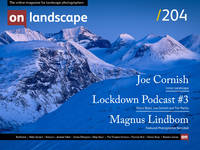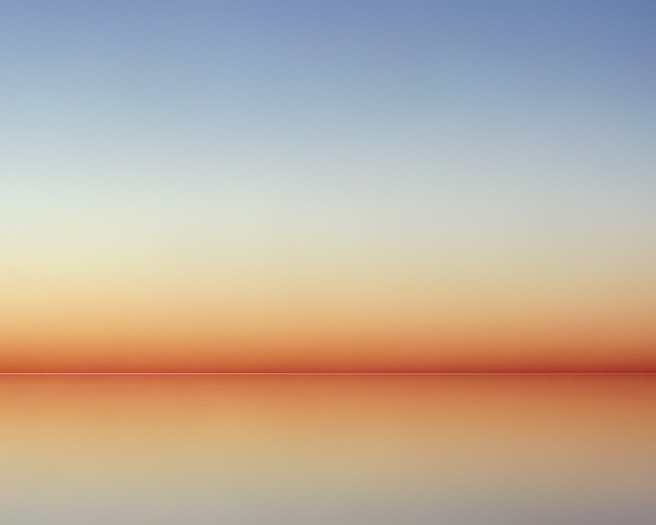Peter Gordon chooses one of his favourite projects

Peter Gordon
Peter Gordon is a professional landscape photographer based in Ireland. He owns ExploreLight Workshops and exhibits his personal work though his own name, online and on Instagram.
I can't remember the exact moment in time when I became aware of Murray Fredericks work, but I have very distinct sensory memory recognition of the first pass through his ‘Salt’ gallery. A red desert, a green tent, dark skies, pastel skies, mirror reflections, stars, abstracted but equally tangible and definable. Balanced simplicity, with incredible colour combinations, nothing and everything all at once. Putting my finger on one single image is impossible. They worked as a collective, and for me, this was much more powerful than any single image could ever be.
Delving deeper into Murray Fredericks ‘Salt’ I discovered the incredible lengths he went to for his art. Over an eight-year period Fredericks made sixteen long, physically and emotionally challenging solo journeys to the surface of Lake Eyre in the Australian Outback. Lake Eyre, also called Kati Thanda, is a great salt lake in central South Australia, with a total area of 4,281 square miles (11,088 square km). It lies in the southwestern corner of the Great Artesian Basin. Normally dry but susceptible to occasional flooding, the lake constitutes the lowest point on the Australian continent. I managed to grab a few quotes from Fredericks on the Hamilton’s site about the environment:
It is the harshest environment I have ever seen. Windswept and devoid of fresh water, temperatures range from freezing to the high forties. While some rare species of animals live there, generally it's not an environment that is conducive to life.
The project arose out of a desire to work in the most barren landscape that I could find. Lake Eyre was chosen as an appropriate location since its perfectly flat surface and razor sharp horizon provide a landscape devoid of features, which extends, once out on the Lake, in every direction.
Carrying a range of equipment, including a 10 x 8 view camera loaded with sheet film, a small tent, food supplies, a bike to drag his gear across the lake surface, the physical and mental commitment required to create this body of work is astounding. Watching his documentary, simply entitled ‘Salt’, is a must for anyone looking for a greater insight into the demands of this project. It’s listed on Australian iTunes, which I couldn't download from Ireland, but I did manage to locate the documentary on YouTube at the link below.


